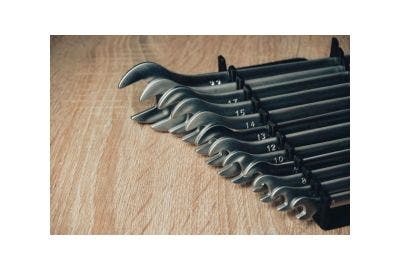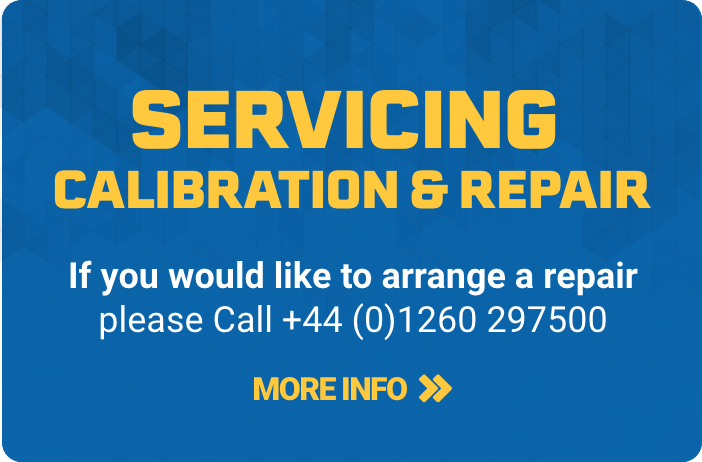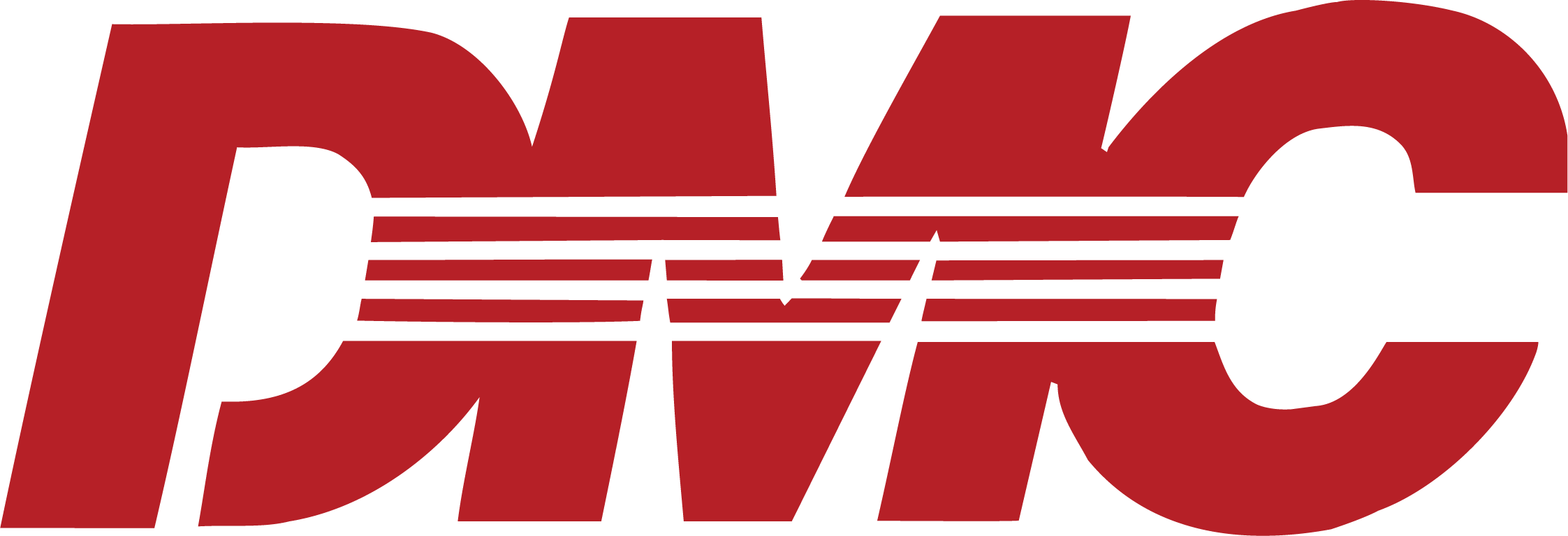Working in a tight spot where a standard wrench just won’t fit? That’s exactly where a crowfoot wrench earns its place in your toolkit.
Designed for fasteners tucked away in awkward or narrow spaces, crowfoot wrenches are used everywhere from automotive workshops to under-sink plumbing jobs. But while they might look a little unconventional, they offer serious advantages – if you know how to use them right.
In this guide, we’ll explain what makes a crowfoot wrench different, break down the various types, and show you exactly how to use one, including how to pair it with a torque wrench and make the necessary adjustments.
What Is A Crowfoot Wrench?
A crowfoot wrench is an open-ended tool with a slim, claw-like head, shaped somewhat like a bird’s foot, which is where it gets its name. Unlike standard wrenches, it has no handle of its own. Instead, it attaches to a ratchet, extension bar, or torque wrench using a square-drive fitting.
Crowfoot wrenches are built for:
- Tight access jobs, like brake line fittings, fuel system connections, or behind-engine components
- Torque-sensitive fasteners where access prevents using a standard socket
- Situations where a full swing of a spanner isn’t possible
Mechanics, plumbers, and engineers reach for crowfoot wrenches when there’s no room for a socket or when a traditional spanner just won’t angle in.
While they may look simple, their effectiveness comes down to proper positioning, compatible tools, and if torque matters making sure your settings are accurate. More on that shortly.
Crowfoot Wrench Types and What They're Used For
Not all crowfoot wrenches are created equal. They come in a variety of designs, each shaped to tackle specific types of fasteners, clearances, or torque requirements. Here’s a breakdown of the most common types and where you’ll likely use them.
1. Flare Crowfoot Wrenches

Flare crowfoots have a semi-enclosed head that grips more sides of the fastener than a standard open end. They’re ideal for brake lines, fuel lines and other soft metal fittings that you don’t want to strip.
Best for: Automotive fluid lines, hydraulic fittings, pipe connections.
2. Open-End Crowfoot Wrenches

These open-end crowfoot work like a regular open-end spanner but with better reach. They grip only two sides of the nut or bolt, so they’re best for light-to-medium-duty jobs where space is the main challenge.
Best for: Electrical panels, appliance assembly, under-sink plumbing.
3. Adjustable Crowfoot Wrenches

These allow you to change the jaw width, so they can fit a wider variety of fasteners. Adjustable crowfoot wrenches are handy when you’re working with non-standard fittings or don’t want to carry multiple sizes.
Best for: Plumbing tasks, older pipework, quick adjustments on site.
Crowfoot Wrench vs Open-End vs Combination Wrenches
You might wonder—why not just use an open-end or combination wrench instead? In many cases, you can. But in others, the crowfoot is the only tool that’ll actually fit or apply force properly without damaging the fastener.
Here’s how they stack up:
| Tool Type | Strengths | Limitations |
| Crowfoot Wrench | Excellent for tight spaces, works with ratchets/torque wrenches, various head types | Can slip more easily than sockets, torque adjustment needed |
| Open-End Wrench | Simple, fast to use, good for medium-access jobs | Less secure grip, not ideal for high-torque or worn fasteners |
| Combination Wrench | Offers both open and box ends, better grip, good leverage | Requires space to swing, can't always reach recessed fasteners |
When to choose a crowfoot:
- The fastener is recessed or blocked by surrounding parts
- You need to use a torque wrench but can’t fit a socket
- Access is limited and you need to approach from the side, not above
Crowfoot wrenches aren’t a replacement for traditional spanners or sockets – they’re an addition. And when space is tight, they’re often the only thing that works.
How to Use a Crowfoot Wrench – Step by Step
Using a crowfoot wrench isn’t complicated, but a few simple steps can make all the difference between a clean, accurate job and a stripped bolt or inaccurate torque.
What You’ll Need:
- A crowfoot wrench in the correct size
- A ratchet, extension bar or torque wrench
- Access to the fastener (clean, clear working area if possible)
Step-by-Step Instructions:
1. Select the right crowfoot type and size
Match the wrench to the fastener. Flare for fluid lines or adjustable if you need flexibility.
2. Choose a compatible drive tool
Ensure your ratchet or torque wrench fits the square drive of your crowfoot (commonly 3/8” or 1/2”).
3. Attach the crowfoot wrench to your drive tool
Push the square end of the crowfoot into the drive head until it clicks securely in place.
4. Position the jaws around the fastener
Place the wrench over the nut or bolt so it grips fully and evenly. If you’re using a torque wrench, keep the handle in line with the crowfoot head.
5. Maintain a 90-degree angle for torque accuracy
When using a torque wrench, always position the wrench so that the handle and crowfoot form a right angle. This maintains the correct torque reading.
6. Apply force steadily
Tighten or loosen with even pressure. If using a torque wrench, stop when you reach the set value.
Using with a Torque Wrench? Here’s the Adjustment Formula:
If your crowfoot extends the length of your torque wrench and you can’t keep a 90-degree angle, you’ll need to adjust the torque value to stay accurate.
Use this formula:
Adjusted Torque = (Desired Torque × Length of Torque Wrench) ÷ (Length of Torque Wrench + Length of Crowfoot)
- Measure from the centre of the drive to the handle grip for the wrench length.
- Measure from the drive centre to the middle of the crowfoot jaws for its length.
This keeps your applied torque within spec, especially important on brake lines, engine components, or fuel systems.
Need a Crowfoot Wrench?
Whether you're tightening brake lines, reaching buried fittings, or working in a space where no other tool will fit, a crowfoot wrench is one of those tools you don’t realise you need — until you do.
At Heamar, you’ll find a full range of crowfoot spanners, along with torque wrenches, ratchets, and accessories to suit automotive, plumbing, electrical and general maintenance tasks.
From everyday sizes to specialist heads, we've got the tools to help you work smarter in tight spaces — and get the job done right.





























































